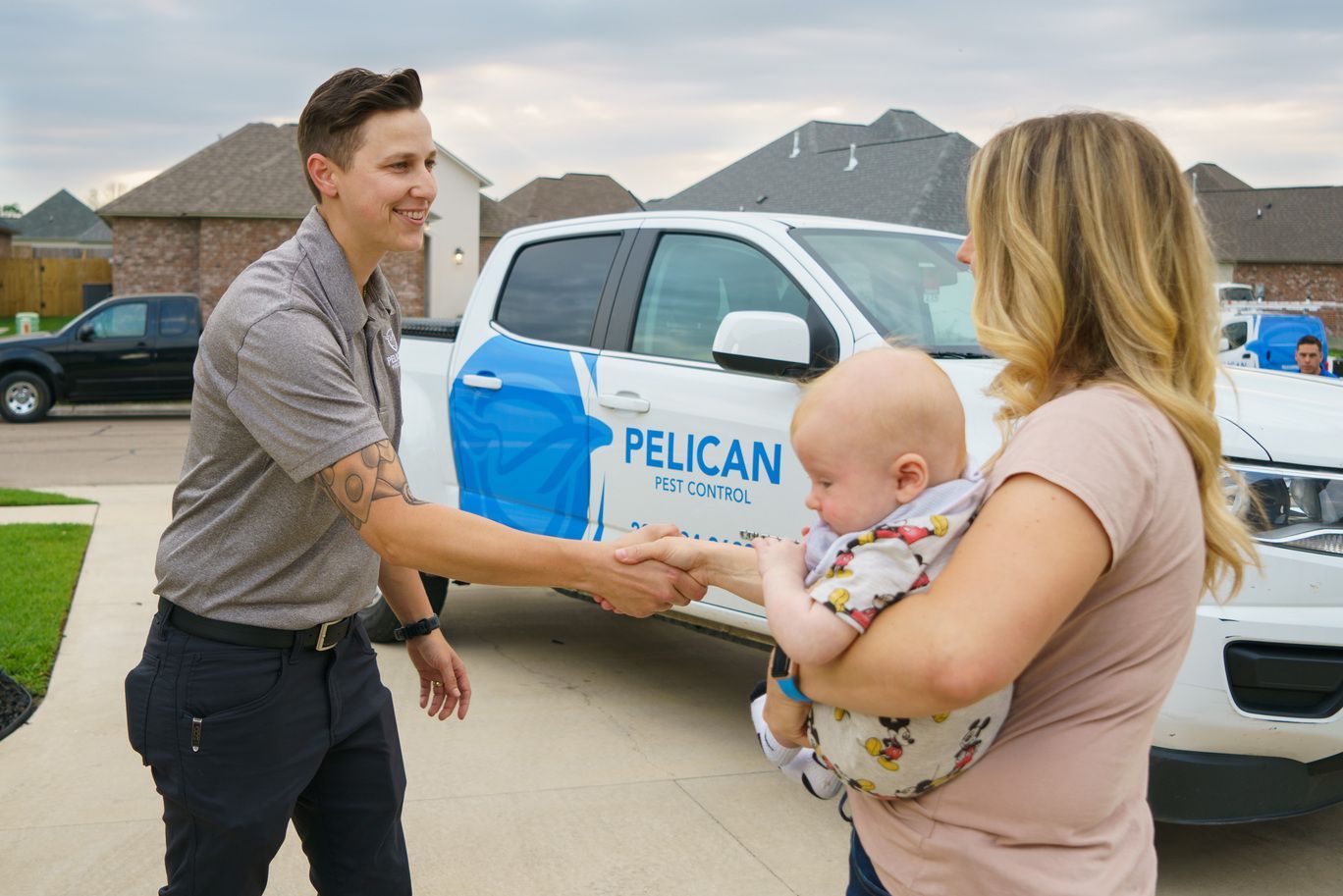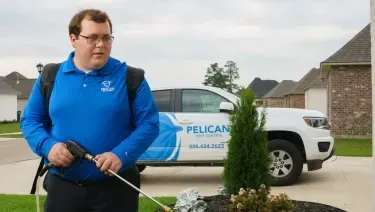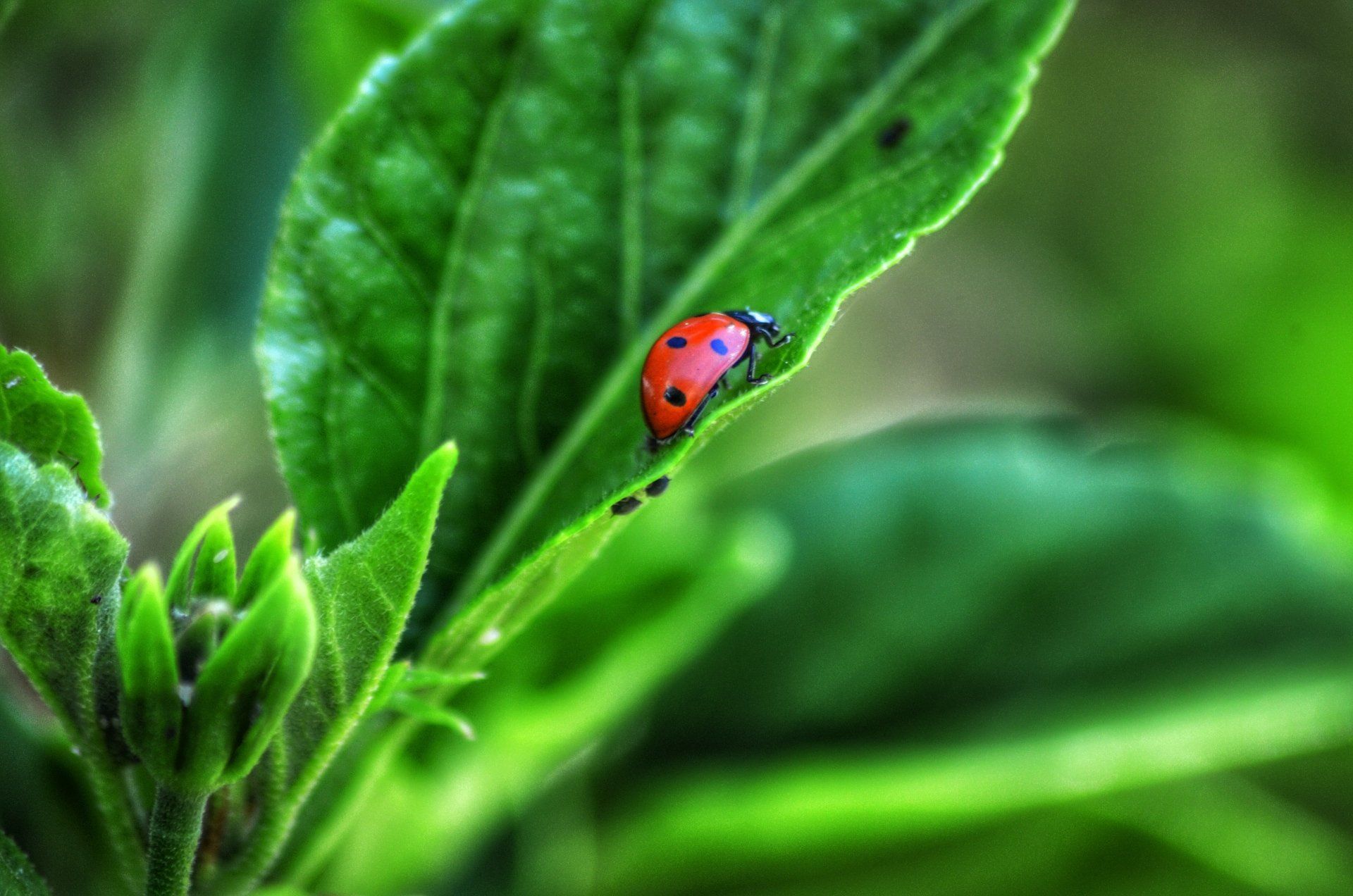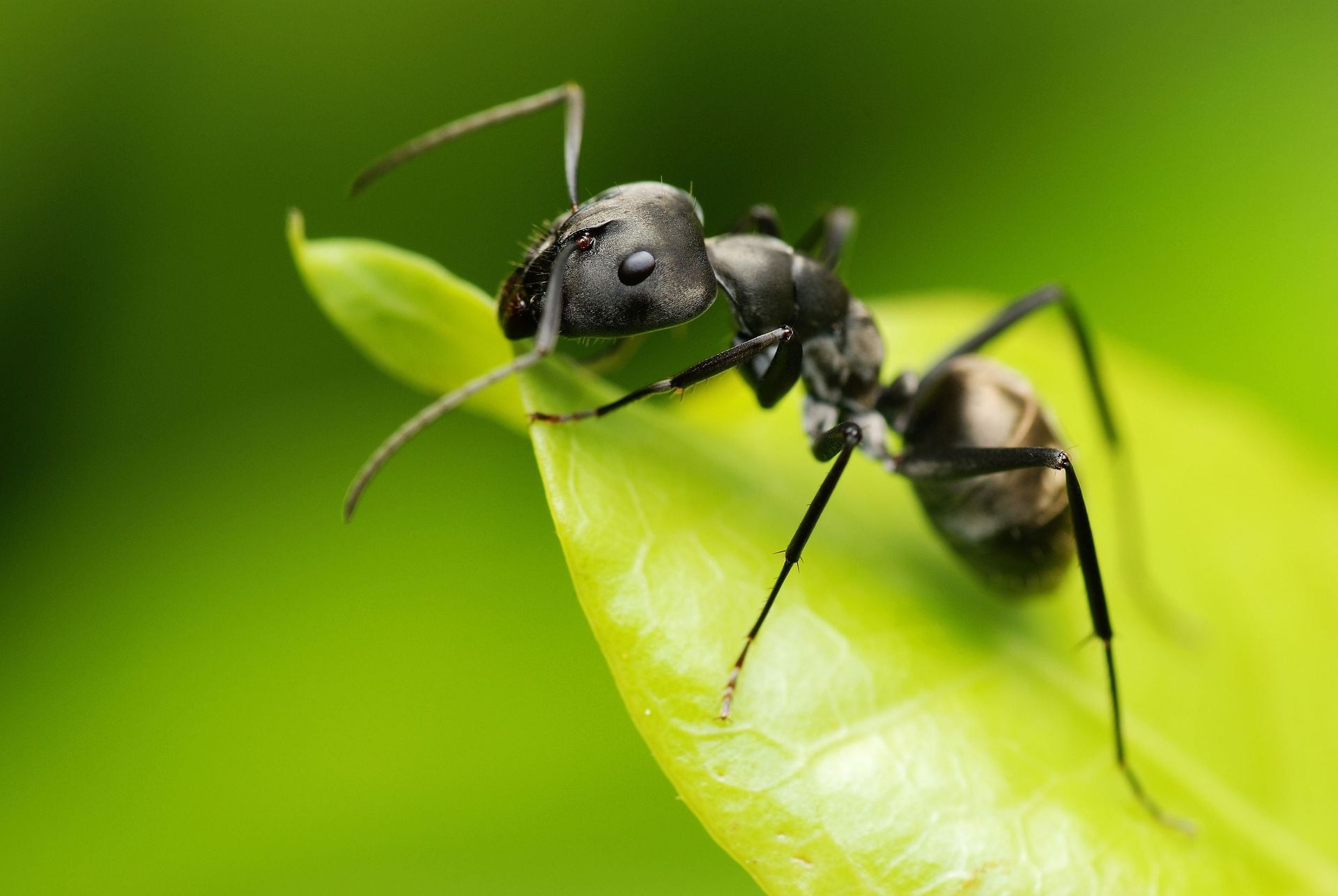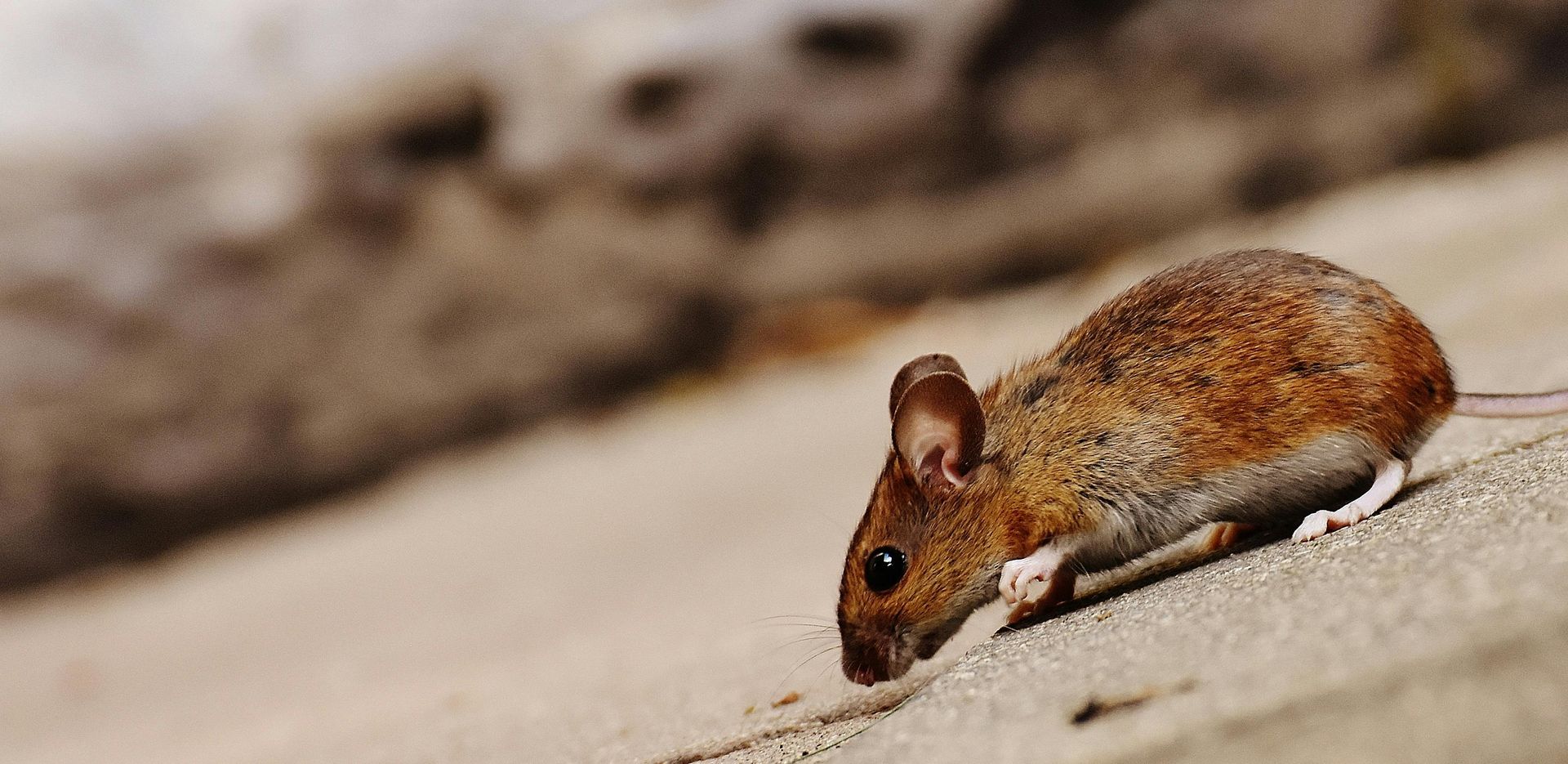12 Critical Facts About Termites Every Baton Rouge Homeowner Should Know For Protection
Termites are often called "silent destroyers" because their activity can go unnoticed for long periods. Unfortunately, when you see the damage, termites may have already done significant harm to your property. Understanding termite behavior and prevention methods is crucial for protecting any residential orcommercial property from pest infestations in Louisiana.
Here are 12 important facts about termites every Baton Rouge homeowner should know.
1. Termites Are Among the Most Destructive Pests in the World
Termites cause billions in damage yearly by feeding on cellulose in wood and plant materials. This pest infestation is particularly damaging in Louisiana due to the high humidity, in which termites thrive.
Why Termites Are So Destructive:
- They feed on the cellulose in wood, paper, insulation, and cardboard.
- Termites are known to hollow out wooden structures, weakening them over time.
- Left unchecked, a small termite infestation can lead to extensive structural damage, sometimes requiring costly repairs.
2. Termite Colonies Can Be Massive
A pest infestation of termites can involve colonies with millions of termites, making pest extermination challenging withoutprofessional pest control.
What Makes Termite Colonies Large:
- A typical colony can house anywhere from 50,000 to 2 million termites.
- Pest Exterminators are crucial for controlling these extensive colonies, as they can live for decades with a steady food source.
- Colonies can live for decades, with queens producing thousands of eggs daily.
3. There Are Over 2,000 Species of Termites Worldwide
There are more than 2,000 species of termites, but only about 10 of them are known to cause significant damage to structures. The three most common species in Baton Rouge and surrounding areas are drywood termites, subterranean termites, and dampwood termites. Each requires a customized pest treatment plan to effectively manage them.
Types of Termites in Baton Rouge:
- Subterranean Termites: These are the most common type of termites found in Baton Rouge. They live in the soil and build mud tubes to travel from their nest to food sources.
- Drywood Termites: These termites live inside the wood they consume, making them harder to detect because they don’t require contact with the soil.
- Dampwood Termites: These termites prefer wood with high moisture content and are often found in areas with plumbing leaks or poorly ventilated spaces.
4. Termites Can Cause Significant Structural Damage
Termites feed on wood, which means they can severely damage your home's framework. Over time, their feeding activity damages residential and commercial buildings’ structural integrity, often resulting in repairs that could have been prevented with regular pest inspection and pest removal.
How Termites Damage Property:
- Walls and Support Beams: Termites feed on the support beams of your home, weakening its structural integrity.
- Wood Floors: Termites can damage your wooden flooring, leading to soft spots or buckling.
- Ceilings: They can even damage your ceiling joists, which may cause your ceiling to collapse.
5. Termites Are Social Insects
Termites are social insects, and they thrive in large colonies with specific roles for each member. The colony is typically divided into workers, soldiers, and reproductive termites. This structure enables them to cause significant, rapid damage. Professional pest control can disrupt these colonies and prevent further harm.
The Role of Termite Colony Members:
- Worker Termites: They are the ones who consume wood and feed the queen and king. These termites are typically the most destructive.
- Soldier Termites: They have large heads and are responsible for protecting the colony from predators, such as ants.
- Reproductive Termites: The queen and king of the colony are responsible for laying eggs to create new workers and soldiers.
6. Subterranean Termites Are the Most Common in Baton Rouge
In Baton Rouge, subterranean termites are the most common species. They live underground and often build mud tubes to travel to their food source. This makes local pest control services essential for pest removal and to prevent re-infestation.
Characteristics of Subterranean Termites:
- They live in colonies underground and rely on moisture from the soil.
- Subterranean termites create mud tubes to travel from their nests to your home.
- These termites are especially dangerous because they are often undetected until significant damage has been done.
7. Termites Can Go Undetected for Years
One of the most dangerous aspects of termite infestations is that they can go unnoticed for years. Termites feed on wood from the inside out, so they often leave little external evidence until significant damage has occurred. Regular pest inspections are vital to catching these pests early.
Why Termites Go Undetected:
- They are skilled at staying hidden within walls or in the ground.
- It can take years for a termite colony to reach a size where damage becomes visible.
- The damage they cause may not be immediately apparent, especially if it’s inside walls or other concealed spaces.
8. Termites Are Attracted to Moisture
Damp environments are a prime attraction for termites. If your home has moisture issues, such as leaks in plumbing, improper drainage, or areas of high humidity in Louisiana, can all increase the risk of termite pest infestation. Keeping your property dry is essential to termite prevention.
How Moisture Affects Termites:
- Leaky Pipes: Termites are attracted to the moisture from leaking pipes, which creates a perfect breeding ground for them.
- Improper Drainage: If your home’s drainage system is not working properly, water can pool around the foundation, attracting termites.
- Wood with High Moisture Content: Dampwood termites thrive in wood that is already wet due to environmental factors.
9. Termite Swarming Happens During the Spring
Termite swarming typically occurs during the spring, when conditions are ideal for mating. Swarms in Baton Rouge are a sure sign of a potential pest infestation requiring immediate pest extermination. During this time, you may notice winged termites around windows or door frames, which could indicate an infestation.
What Happens During a Termite Swarm:
- Swarming Season: Typically occurs in the spring but may vary depending on temperature and humidity.
- Visible Wings: You may find piles of discarded wings around windowsills or doorways.
- Formation of New Colonies: Swarmers will fly off to find a new location to start a colony.
10. DIY Termite Control Isn’t Effective
While DIY termite treatments may seem like an easy fix, they are rarely effective in eliminating termites. Professional pest exterminators have the tools and expertise to target the colony's queen and other hidden areas that DIY treatments can’t reach.
Why DIY Treatments Fail:
- Over-the-counter products are often not potent enough to eradicate a large termite colony.
- DIY solutions may not target the colony's queen, which is essential for long-term control.
- Professional treatments are more thorough and offer long-lasting protection.
11. Termites Can Live for Years Without Food
Once a colony is established, termites can survive months without direct food. Routine pest inspection and pest control ensure early detection and prevent prolonged infestations. This ability to survive without food makes early detection and professional intervention essential.
12. Regular Inspections Can Help Prevent Infestations
The best way to protect your home from termites is through regular inspections. By scheduling Routine pest inspections by local pest exterminators, you can catch early signs of an infestation and take action before damage occurs.
How Regular Inspections Help:
- Identify Early Signs: Technicians can find signs of termite activity before they cause significant damage.
- Prevention: Regular inspections help ensure your home remains free of termites.
- Peace of Mind: Knowing that your property is inspected regularly provides security and helps prevent surprise infestations.
Conclusion: Protect Your Property from Termite Damage with Pelican Pest Control
Termites pose a serious threat to the structural integrity of your home or business. The longer an infestation is left unchecked, the more damage it can cause. By understanding the key facts about termites and taking proactive steps, you can ensure that your property remains safe from these destructive pests.
In Louisiana, termites pose a persistent threat to both residential and commercial properties. Local pest control services, such as those provided by Pelican Pest Control, offer essential pest treatment options to manage and prevent infestations. Regular pest inspection and pest treatment are crucial for long-term protection against termites.
For effective termite and pest control,
contact Pelican Pest Control at (225) 424-2623 to schedule a thorough pest inspection.
FAQs About Termites
1. What are the signs of a termite pest infestation?
Common signs include mud tubes, hollow-sounding wood, and damaged floors.
2. How do termites enter my property?
They can infiltrate through cracks, leaks, and ground contact, making pest inspections vital.
3. Are termites a risk to people?
Termites don’t directly harm humans, but their structural damage can be costly.
4. How long does termite extermination take?
Complete pest extermination may take a few weeks, depending on the infestation size.
5. What is the cost of termite pest treatment?
Costs vary based on infestation severity, with most treatments ranging from $500 to $1,500.
6. Can I prevent termites naturally?
Managing moisture levels and proper maintenance can reduce termite risks.
7. Do insurance policies cover termite damage?
Typically, homeowners insurance excludes pest-related damage, so proactive pest control is essential.
8. What should I do if I discover termites?
Contact a local pest control company immediately to schedule an inspection.
9. How long do termites live?
Queens may live over 15 years, while workers live for several years.
10. Will termites leave on their own?
No, termites require professional pest removal to eliminate the colony.

